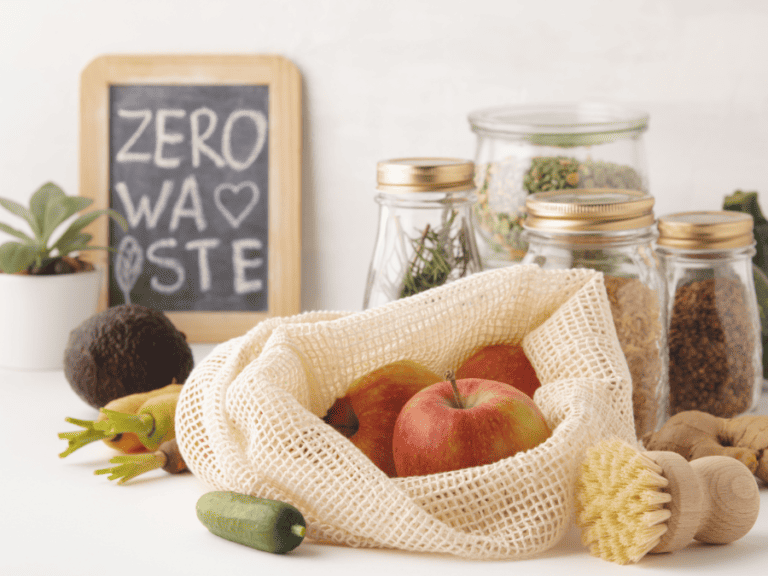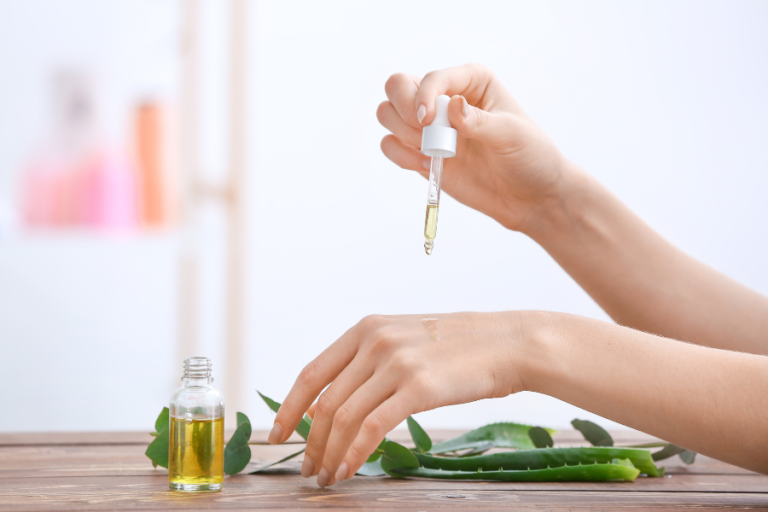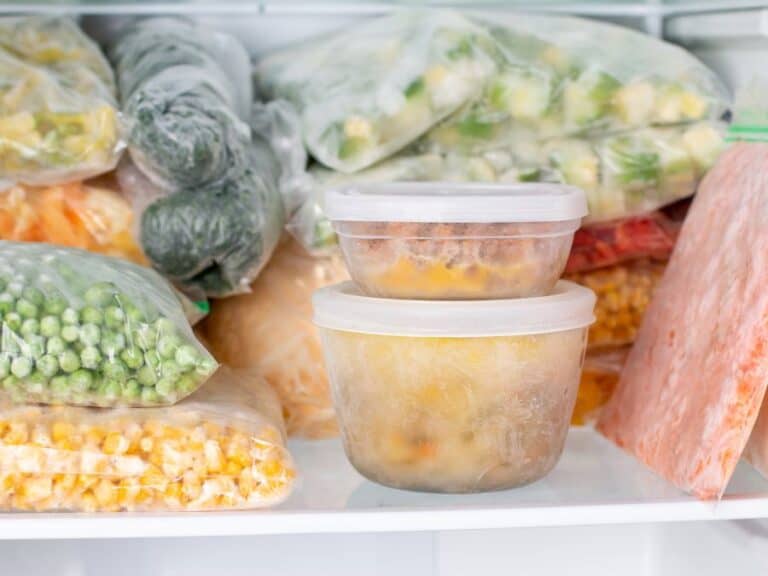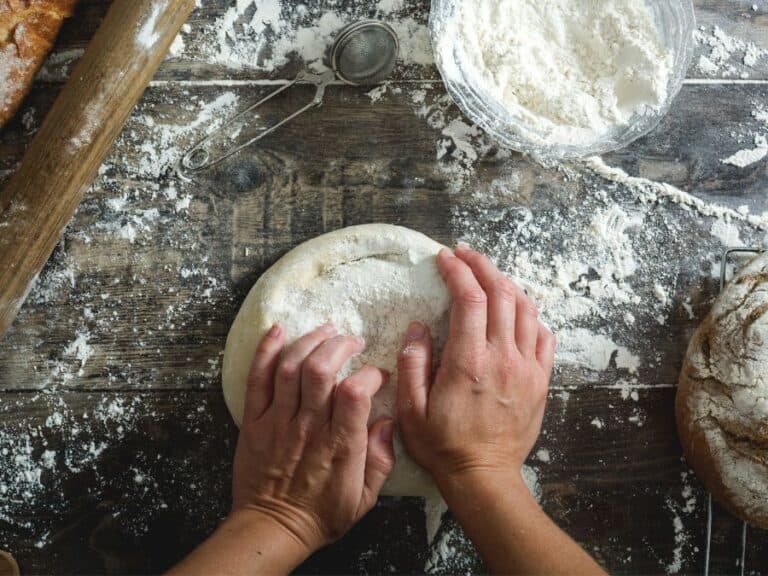6 Ways To Start Homesteading From Your Apartment
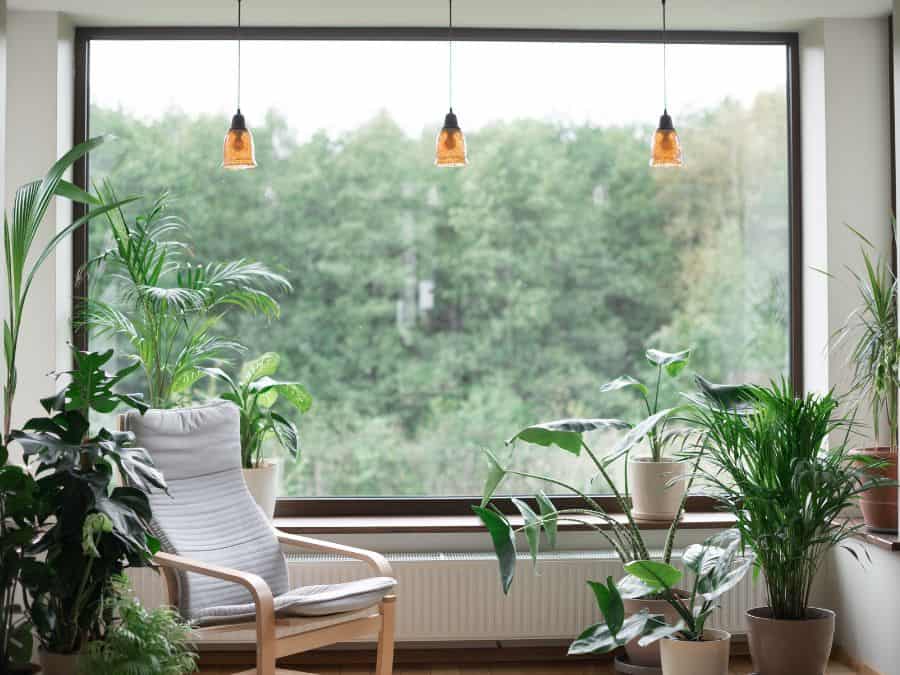
With the cost of living going up, the desire for a self-sufficient lifestyle has led many people to seek ways to start homesteading from their apartment as buying land or a home is not an option for everyone. While traditional homesteading is often associated with large plots of land and sprawling farms, it is possible to cultivate a self-sustaining lifestyle within the constraints of smaller living spaces.
In this article, we will explore practical and viable ways to start the journey of homesteading from your apartment, paving the way for a more sustainable and independent lifestyle. By taking small steps, you’ll learn valuable sustainability skills and habits that’ll last a lifetime!
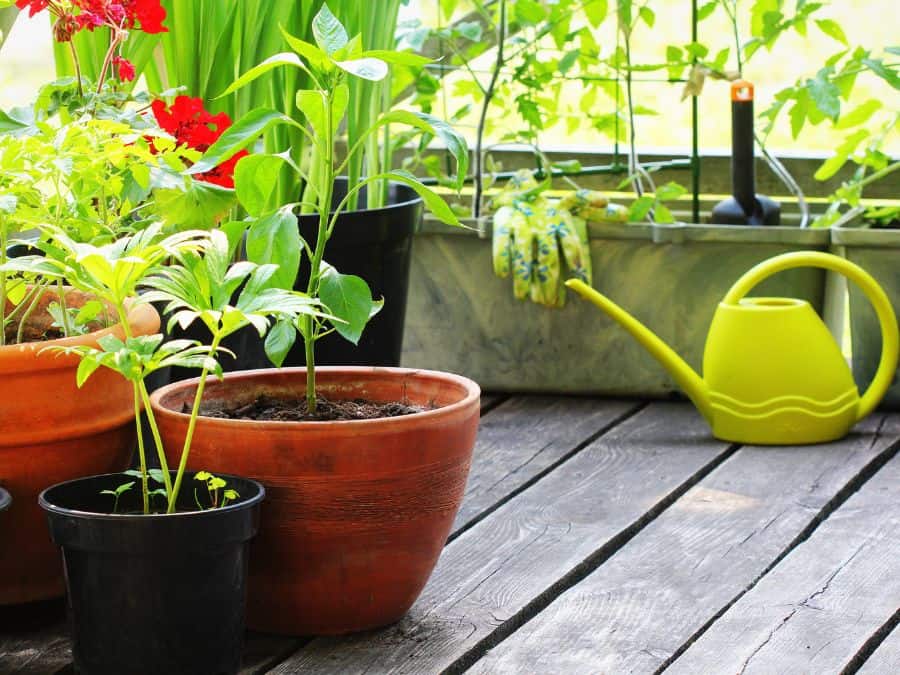
Disclaimer: This article includes affiliate links. If you click one of them, we may receive a small percentage of the sale at no extra cost to you. Thank you for your support!
1. Indoor Gardening
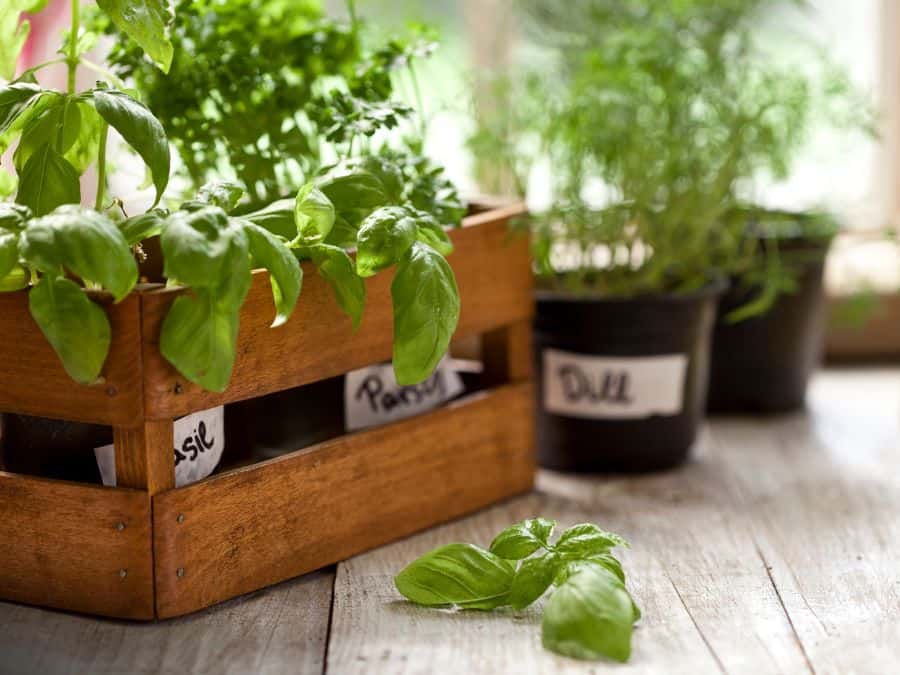
One of the most accessible and rewarding ways to start homesteading from your apartment is through indoor gardening. Utilize windowsills, balconies or any available space to cultivate a small herb garden. Herbs such as basil, mint, dill and parsley thrive in containers and require minimal maintenance.
If you have a balcony, try growing vegetables in containers. Good balcony-friendly vegetables include cherry tomatoes, peppers, chillies, green onions, lettuce and other leafy greens. Before starting a balcony garden, consider how much direct sunlight your balcony gets per day then select vegetables based on that. For example, leafy greens need only five hours of direct sunlight while peppers need between six to eight hours of direct sunlight.
Additionally, you could also consider investing in indoor compact hydroponic systems, such as an AeroGarden. These make for a great way to provide fresh and sustainable sources of produce. You can grow vegetables such as spinach, cherry tomatoes, herbs and peppers.
2. Make Your Own Sourdough
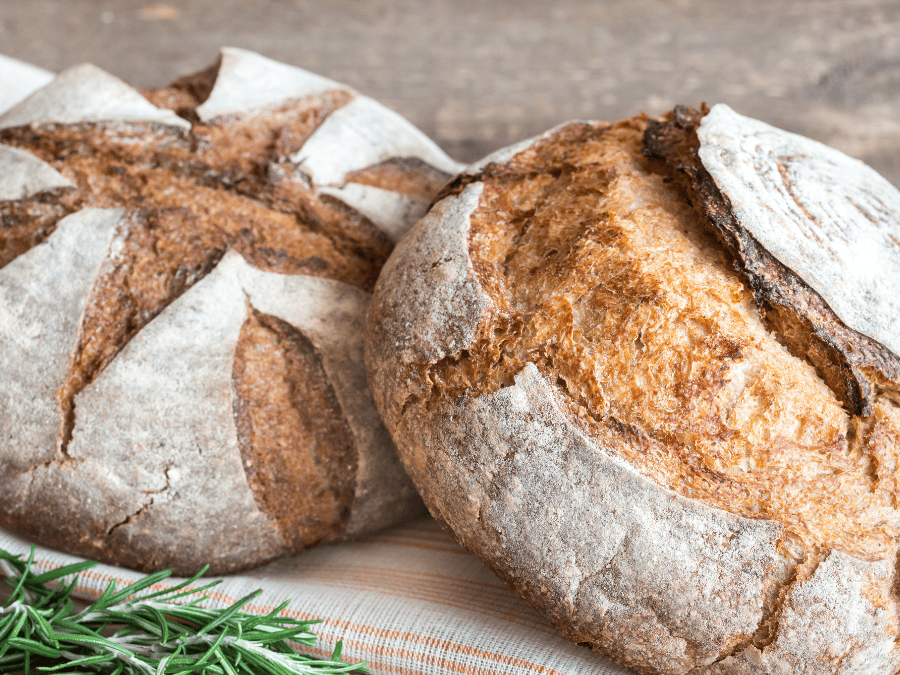
In the pursuit of a self-sufficient lifestyle within the limited space of an apartment, making your own sourdough can be a rewarding and delicious way to start homesteading. Sourdough bread requires minimal ingredients – flour, water, salt, and a sourdough starter – and can be crafted with relatively little space. The fermentation process not only results in delicious and nutritious bread but also provides you with a new skill and a way to be more self-sufficient.
Making a sourdough starter involves a simple fermentation process using flour and water. All you’ll need to get started is all-purpose flour and filtered water.
Here’s how to make a sourdough starter:
Day 1
Combine 1/2 cup all-purpose flour and 1/4 cup filtered water in a glass or plastic container. Mix well to form a thick batter. Cover loosely with a cloth.
Day 2-7
Each day, discard half of the starter. Then, add equal parts of all-purpose flour and water to the remaining starter (1/2 cup of each). Combine well and cover loosely. Do this every day for the next 5-7 days.
You’ll start to notice bubbles and a sour aroma developing over these days. This is the sign your starter is fermenting.
Day 7
By the 5th to 7th day, your sourdough starter should be active with a pleasant tangy smell and bubbles. It is now ready to be used in sourdough recipes!
3. Food Preservation
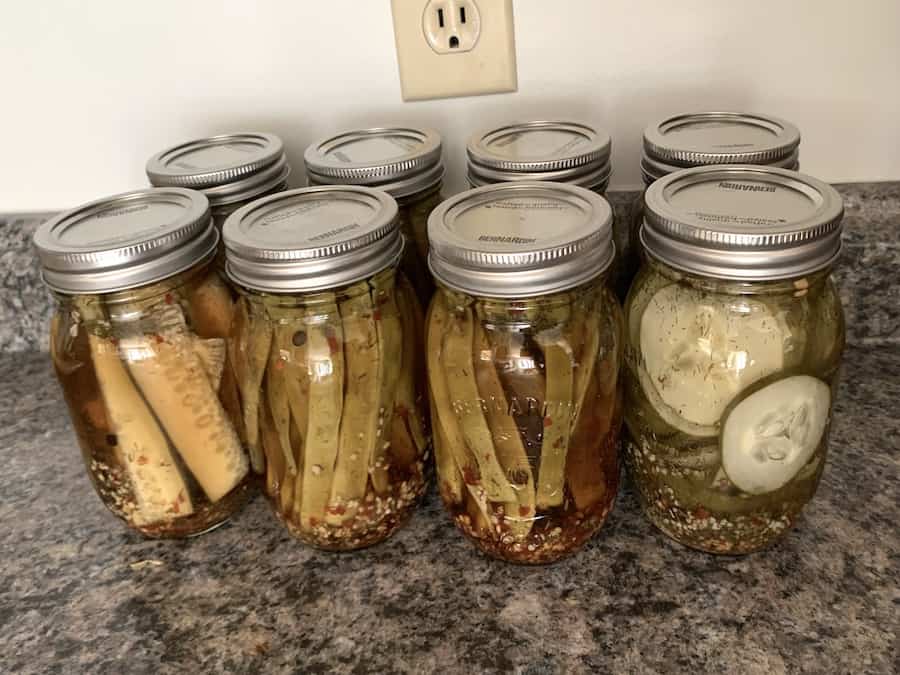
Preserving food is a key aspect of homesteading, and can be done in any space. Explore methods such as canning, pickling, and dehydrating to extend the shelf life of your harvested or locally sourced produce. Compact storage solutions, like mason jars and vacuum-sealed bags, can help you efficiently preserve fruits, vegetables, and even herbs, ensuring a sustainable and homegrown supply of ingredients throughout the year.
Utilizing spaces such as your freezer can be incredibly beneficial to preserving food and chances are if you have a fridge in your apartment, then you also have a freezer! Your freeze can be used to store leftovers, bulk haul, prolong the life of vegetables and meats that are close to expiring and much more. To learn more, check out our article “5 Ways Your Freezer Can Save You Time & Money“.
If you do not own a pressure canner or dehydrator, do not worry! You can still preserve foods using methods such as quick pickling and water canning as a method of canning and your oven to dehydrate fruits, vegetables and meats.
4. Cook From Scratch
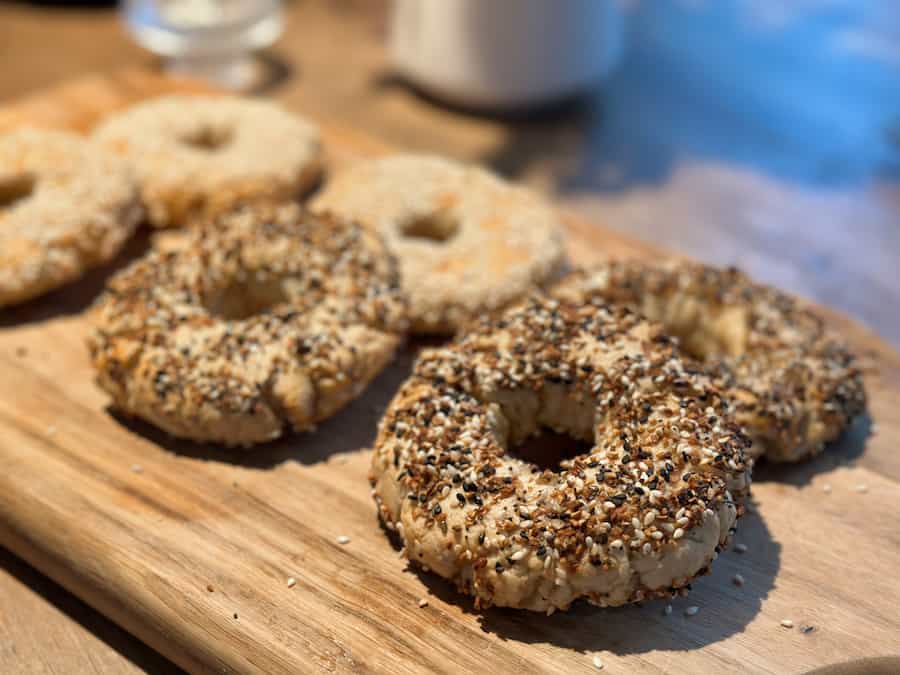
Homesteading from your apartment involves a shift towards a more self-sufficient and mindful approach to your daily meals. Cooking from scratch not only allows you to control the quality of your ingredients but also reduces reliance on processed foods. Experiment with creating your own staples like pasta, sauces, and even snacks. With a focus on whole, locally sourced ingredients, cooking from scratch not only contributes to a healthier lifestyle but also teaches you the skills to be more self-reliant.
Our favourite things to cook from scratch instead of buying at a grocery store are:
- Salad dressings
- Mayo
- Granola bars
- Banana bread
- Soup and broth
- Muffins, cookies and other baked goods
- Pasta sauce
- Bread and bagels
- Infused oils
- Jerky
- Guacamole
- Hummus
- Caramel
- Pickles
- Jams
If you are new to cooking from scratch, check out our article “5 Reasons You Should Cook From Scratch” for tips and insight on why you should learn to cook!
5. DIY Projects
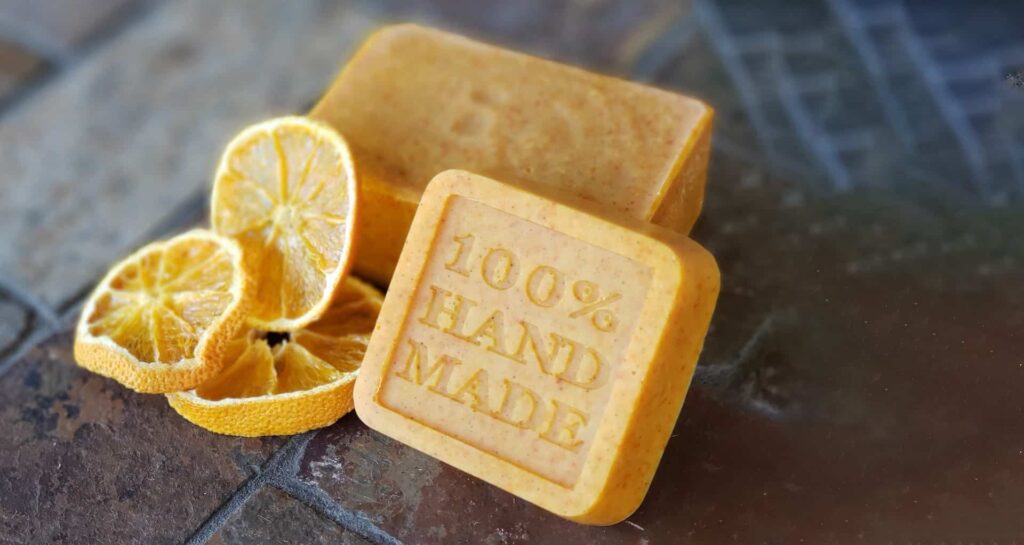
Homesteading extends beyond food production; it encompasses creating a self-sufficient and sustainable living environment and what better way to do that than with DIY projects? These can include everything from making your own furniture to cleaning supplies, candles, and toiletries such as soaps and shampoos.
This not only reduces reliance on commercially produced products but also allows you to control the ingredients used, promoting a healthier living space. And, if you end up developing a passion for this, you could even start a side business selling your handmade products.
If you are not sure where to begin, there are many free tutorials online or you could buy a starter kit such as this soap-making kit or candle-making kit that includes all the necessary components and instructions to help you get started.
6. Crafting Personalized Gifts
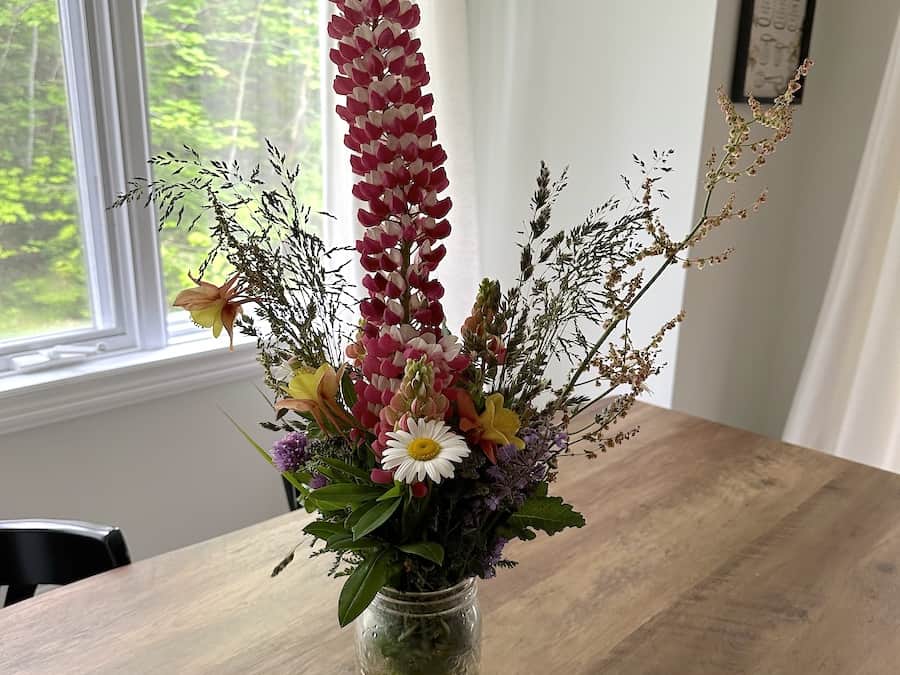
Consider crafting your own gifts as a meaningful and eco-friendly alternative to store-bought items. Utilize your skills in baking, preserving, or crafting to create personalized gifts for friends and family. Handmade jams, pickles, or wines can not only showcase your dedication to a homesteading lifestyle but also provide a unique and thoughtful present that reflects your commitment to sustainability.
This is not only great for those looking to start a homesteading journey but also for people on a budget or those seeking more meaningful gift ideas. Homemade gifts are, in our opinion, much more special than store-bought ones. Not to say we don’t ever buy gifts, but when we can, we also try to gift some homemade items for the holidays, special events or when we visit friends we haven’t seen in a while. The photo above is actually a beautiful wildflower bouquet gift from our good friends over at Soil Mates Farms, who grow delicious vegetables to feed our local Nova Scotia community.

